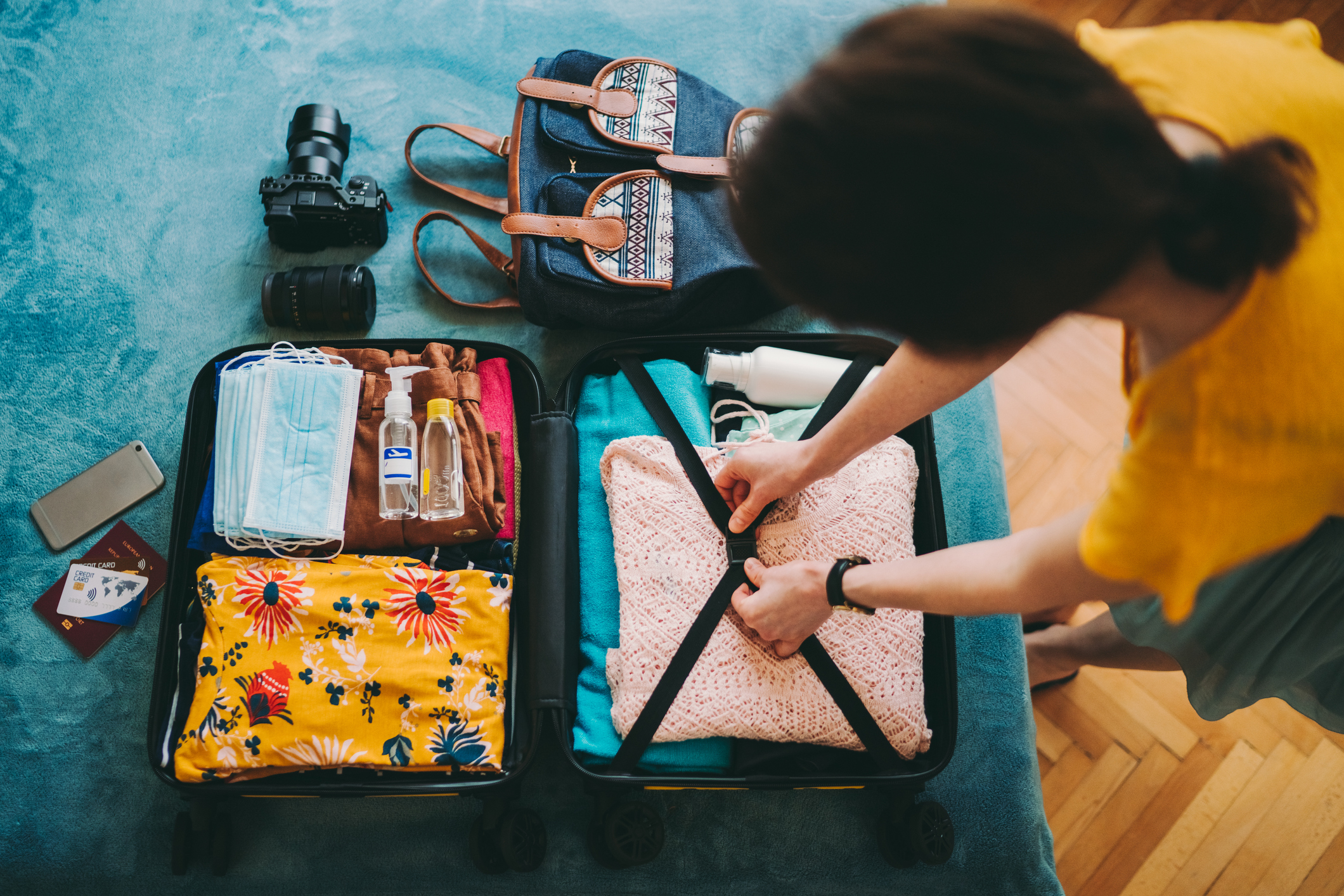
As guests return, hotels are facing new challenges. Guests have different priorities and expectations for their stay, and hotels might continue to see low levels of occupancy as the hospitality industry continues its post-pandemic recovery.
This new situation requires a plan that encompasses cleanliness and a new guest experience based on different segments.
Staff and team
There are two main areas of change for hotel staff:
- Low levels of occupancy mean that reducing costs is a priority. You should assemble a core team that possesses all the key skills necessary for a positive guest experience. Prioritize employees who have experience in different roles and who can multitask.
- With the emphasis on health and hygiene, new hires might be needed for cleaning staff. Other team members might need to take on additional responsibilities for cleaning and disinfecting to ensure everything meets standards.
Keeping employees safe should be a priority among all of the changes. The CDC recommends designating a coordinator to be in charge of assessing transmission risks and implementing the right solutions to protect staff. CDC guidelines also recommend being more flexible with sick leave and adopting screening options like temperature checks and self-assessment.
Food and beverage
There are a few measures you can take to offer a positive food and beverage experience while reducing COVID-19 transmission risks:
- Adopt new seating plans and foot traffic paths that allow for social distancing.
- Limit occupancy in hotel restaurants.
- Replace buffets with staffed options.
- Anticipate demand for new forms of dining, including takeout and to-go options, more room service options, and a preference for pre-packaged items.
Rooms
A recent report from McKinsey predicts that economy hotels will recover faster than upscale and luxury establishments. As guests look for value, offering a wider range of economy rooms and packages could be a winning strategy.
Reducing shared items and high-touch surfaces in rooms can also enhance the guest experience. Replacing key cards with an NFC reader or using voice commands to control a room’s air and TV are examples of how touchless technology can improve hotel room hygiene post-pandemic.
Public areas
In addition to individual rooms, you might need to rethink how public areas fit into the overall guest experience. Making sanitation efforts as frequent and as visible as possible will help guests feel more comfortable when using public amenities. For example, have staff members disinfect tables and seating when guests leave an area to provide other guests with peace of mind. Adding sanitation stations is another step you can take to make public areas safer.
Similar to your safe dining initiatives, create new seating and foot traffic arrangements that allow for social distancing in areas like your lobby or poolside. Think about adopting a booking-only system to limit occupancy in some areas where social distancing might be difficult. Build offering guests priority booking into your welcome speech.
Takeaway
In 2018, Valor Hospitality Partners turned to Amadeus to enhance visibility and reporting capabilities. Today, Amadeus is releasing a series of e-books about post-pandemic recovery that we recommend so you can learn more about planning for hotel operations, sales, or marketing as you develop a recovery plan.
This new situation requires a plan that encompasses cleanliness and a new guest experience. Hotels can make proactive plans to address guest concerns, and staff appropriately for evolving needs.
